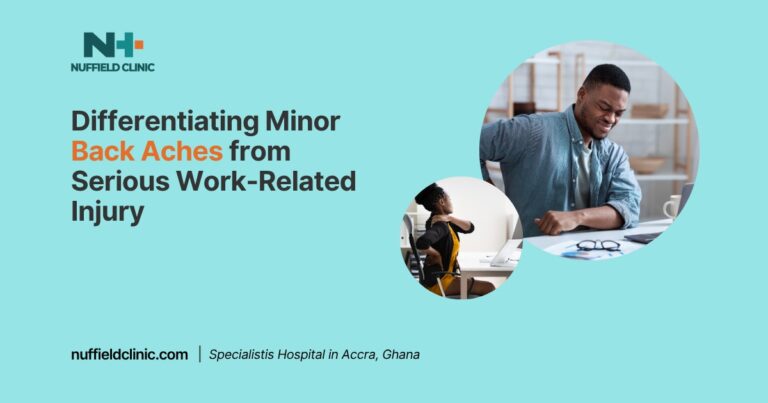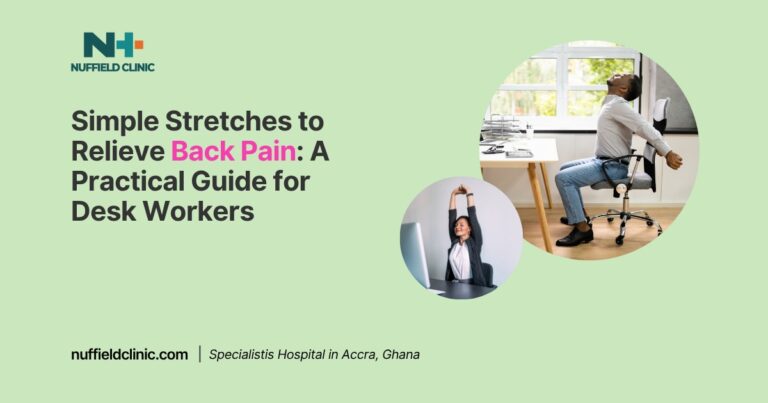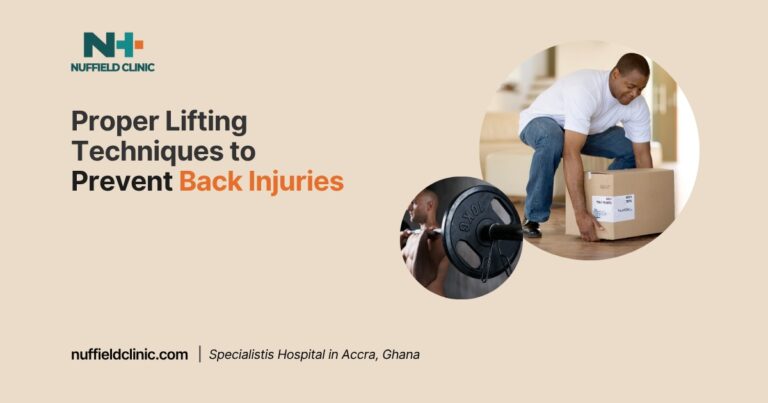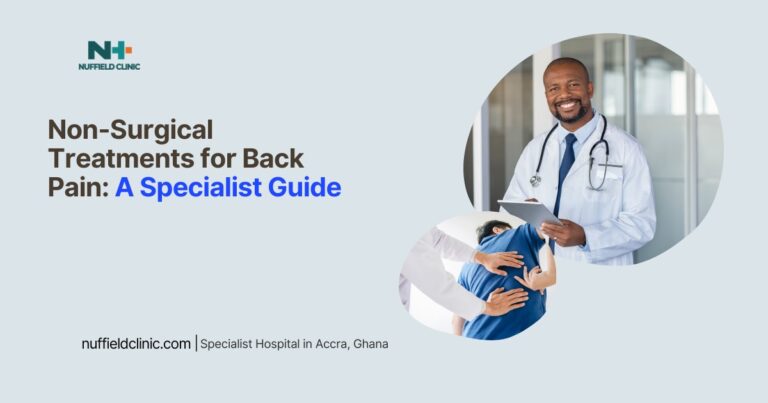How Early Arthritis Care Improves Your Child’s Long-Term Health
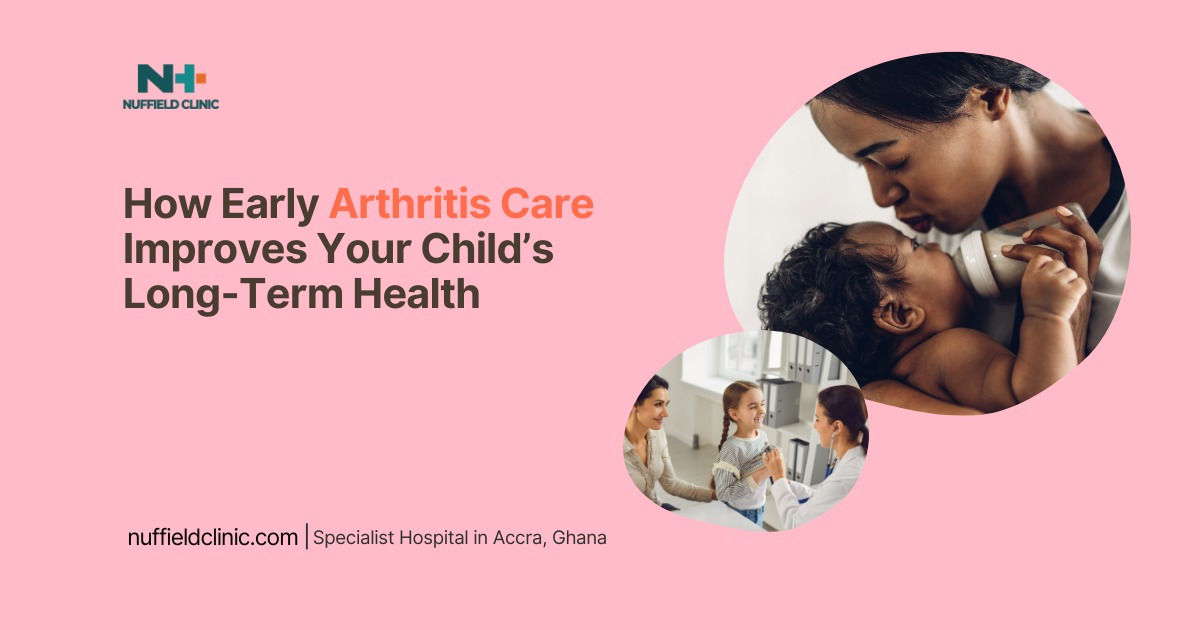
Joint pain or swelling in children might seem like a minor concern, especially if it appears after activity or comes and goes. But for some children, these early signs point to serious medical conditions that, without timely care, can result in lifelong complications. Early intervention doesn’t just treat the symptoms; it can preserve mobility, protect growth, and prevent permanent damage that affects a child’s entire future.
Septic Arthritis
One of the most urgent joint conditions in children is septic arthritis, a bacterial infection inside the joint. It progresses quickly, often within hours, and is considered a medical emergency. If untreated, the infection can destroy joint cartilage and block blood flow to the femoral head, leading to permanent joint damage. In children, this can also affect growth plates, possibly resulting in one limb growing shorter than the other.
Further complications can include osteomyelitis, which is an infection that spreads to the bone, osteonecrosis or bone death, and even sepsis, which is a life-threatening response to infection. Hospital mortality rates from septic arthritis can range from 3 to 15 percent. Because the condition can begin to limit movement and damage the joint in a very short time, immediate medical attention is essential to prevent irreversible outcomes.
Juvenile Idiopathic Arthritis (JIA)
Unlike septic arthritis, JIA is not caused by infection, but by an overactive immune system that attacks the joints. This long-term condition can lead to chronic swelling, pain, and stiffness, particularly in the mornings. Without early and proper treatment, JIA can result in permanent joint changes, growth abnormalities, and other complications.
One of the more serious risks associated with JIA is uveitis, an inflammation of the eye that can go unnoticed until vision is permanently affected. In some cases, JIA may cause one leg to grow longer than the other due to increased blood flow in the inflamed area. Over time, the joint pain and stiffness can interfere with school, play, and other daily activities that are critical for a child’s development. Early care can significantly reduce these risks and help children maintain their quality of life.
Slipped Capital Femoral Epiphysis (SCFE)
SCFE most commonly affects children during growth spurts, especially during the pre-teen and early teenage years. It occurs when the head of the femur slips off the neck at the growth plate, leading to hip pain and difficulty walking. Prompt diagnosis is crucial because if left untreated, it can result in serious complications like avascular necrosis, where the blood supply to the bone is disrupted and the bone tissue dies.
Other risks include chondrolysis, which involves rapid cartilage breakdown, and femoroacetabular impingement (FAI), a condition where abnormal bone structure leads to chronic joint irritation. These issues can make everyday movements painful and increase the likelihood of needing a hip replacement early in adulthood. Recognising SCFE early allows for surgical treatment that stabilises the hip and prevents further damage.
Legg-Calvé-Perthes Disease (LCPD)
LCPD affects children between ages three and ten. It results from a temporary loss of blood flow to the femoral head, which can lead to the collapse and flattening of the hip joint. While some children recover well without surgery, the timing of diagnosis plays a key role in long-term outcomes.
When LCPD is caught early, especially in younger children, conservative treatments can help the femoral head maintain its round shape and reduce the chances of future arthritis. Delays in diagnosis may lead to deformities, limited range of motion, and uneven leg lengths. Muscle weakening and gait changes are also possible if the hip doesn’t heal properly. The goal is to guide the hip through the healing process with as little long-term disruption as possible, and this is more achievable when treatment starts early.
Looking Beyond the Joints
Not all joint swelling or pain is caused by arthritis. Conditions like Compartment Syndrome, where increased pressure in a limb cuts off circulation, require immediate surgical attention to avoid permanent damage or even limb loss. In rare cases, symptoms such as bone pain or limping may be signs of more serious conditions like malignancy. Fever, weight loss, or extreme fatigue, when paired with joint issues, may indicate the need for further investigation.
Acting early not only improves physical outcomes but can also reduce emotional and psychological distress. Children are more likely to stay active, keep up with school, and maintain social connections when they are not burdened by persistent pain or repeated setbacks.
Timely Care, Lifelong Impact
Catching joint-related problems early can change the course of a child’s health. From preventing irreversible joint damage to preserving mobility and growth, early care lays the foundation for long-term well-being. Families are encouraged to seek medical advice whenever joint pain, swelling, or changes in movement last more than a few days, even if symptoms seem mild. Trusting your instincts and advocating for your child may be the most important step you take.
If you’re concerned about your child’s joints or movement, book a consultation with a specialist at Nuffield Clinic today.


